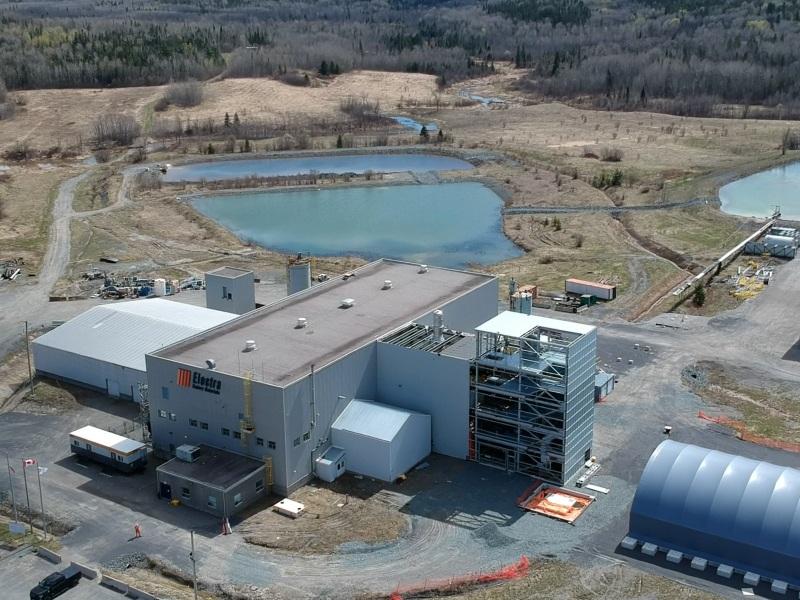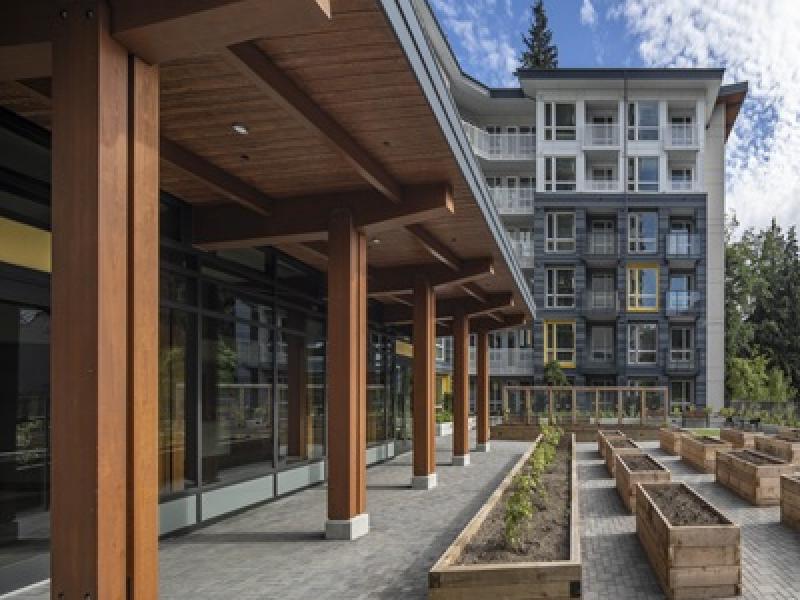
The growing threat to commercial buildings posed by climate change are critical issues for both the real estate and insurance industries. Stronger and more frequent extreme weather events due to a warming climate have led to demand for tools to forecast those risks.
ClimateFirst, a Guelph-based climate tech software company, says its physical climate risk software is a unique entrant to this burgeoning market by calculating the dollar value of the potential risks to properties.
Founded by Rowan Williams Davies & Irwin Inc. (RWDI), a climate and building performance engineering firm, ClimateFirst’s model incorporates climate risk predictions and calculates the cost of factors like drought, heat and wildfires in relation to building data provided by its clients. The predicted strain on building systems is turned into a dollar value, giving users an idea of how much damage a building could incur and how they can prepare.
“That number being a dollar value is really key,” Mike Williams, co-founder and general manager of ClimateFirst and the vice-president of climate and performance at RWDI, told Sustainable Biz Canada. “I’ve seen a lot of reports that have put a zero-to-100 scale on the risk, but it’s hard to translate that zero-to-100 score into a risk for the business.”
Solving physical climate risk for CRE
The company’s goal is to solve the problem of calculating physical climate risk for the commercial real estate (CRE) sector, according to Williams.
RWDI, also based in Guelph, formed ClimateFirst because growing demand for its service to identify the climate risks to buildings and develop adaptation plans became overwhelming for the company's team.
“We came to the realization that we needed to develop a software-led solution that could allow us to move faster at a scale that a consulting-led endeavour just can’t enable,” Williams said.
In addition to Williams, ClimateFirst was co-founded by vice-president Dave Bullock, a software specialist; and Mike Soligo, the president and CEO of RWDI, who has 40 years of experience in the building science and engineering space.
ClimateFirst has approximately 12 staff members. Development on its main offering started in early 2023 and a beta product was finished in the fall. The software-as-a-service was introduced to the market in early 2024, and is onboarding clients, Williams said.
Placing a dollar figure on climate risk
The ClimateFirst forecast starts by taking global climate models and downscaling the climate risks in specific geographies. This gives clients an understanding of exposure to wildfires, extreme heat, precipitation and other perils, Williams said.
The climate data is sourced from San Francisco-based ClimateCheck, a company that calculates climate risk and the projected impact on real estate. Williams said ClimateFirst chose to partner with ClimateCheck because it was the only climate data vendor it reached out to that was sufficiently transparent about its algorithms and was willing to integrate with ClimateFirst.
Next, the client hands over a building condition assessment so ClimateFirst can dissect the building systems using AI to extract the required information. Once a digital model of the building is created, ClimateFirst considers how a changing climate will stress the building’s critical systems, and how that stress will increase the costs to maintain the building’s functions.
The charges are summarized and reported as a Climate Value at Risk (CVaR) analysis. The price tag on risks to building systems such as the chiller or generator over five, 10 and 30 years are predicted.
Compared to other climate risk forecast software, CvaR makes ClimateFirst a standout because it outputs a dollar value for the risk, Williams said. Most of its competitors only compute risk probabilities, he continued, which is data that is challenging to translate into business risk.
ClimateFirst’s customers
Projections suggests climate risk to buildings will accelerate, so building owners and managers who prepare now will have a business advantage, Williams said.
Having the knowledge ahead of time means having the initiative on steps such as developing a capital plan and replacing building systems.
“Our software solution is being used to augment that capital planning process to really think about how both the acute and chronic impacts of climate change are going to impact the systems within the building and how it may result in premature failure, increased stress on those systems and how forward-looking building owners and managers need to start to think about capital planning a little bit differently,” Williams said.
ClimateFirst has gained strong traction from clients in office, multiresidential and light industrial buildings, he said. It has also garnered interest from higher education institutions. Williams is keen to expose ClimateFirst’s offering to entertainment and sports venues as well.
The ClimateFirst co-founder did not wish to disclose financial or client information about the product, but said it is in active conversations, pilot deployments and portfolio deployments with REITs, building operators and managers in Canada and the U.S., with some clients being Fortune 500 companies.
ClimateFirst is not seeking to fundraise currently, but is looking to scale up, onboard thousands of buildings to its platform, and gain more partners for technology and capital, Williams said.










